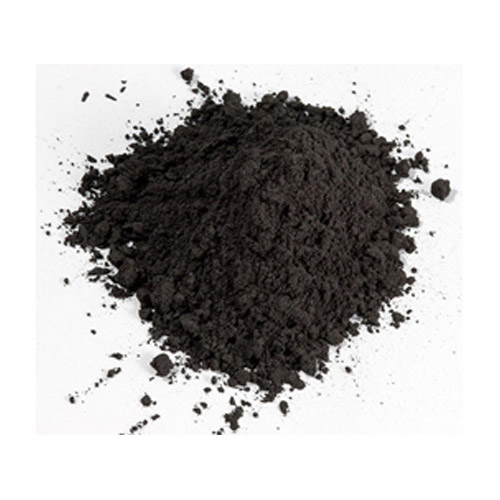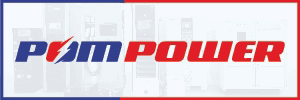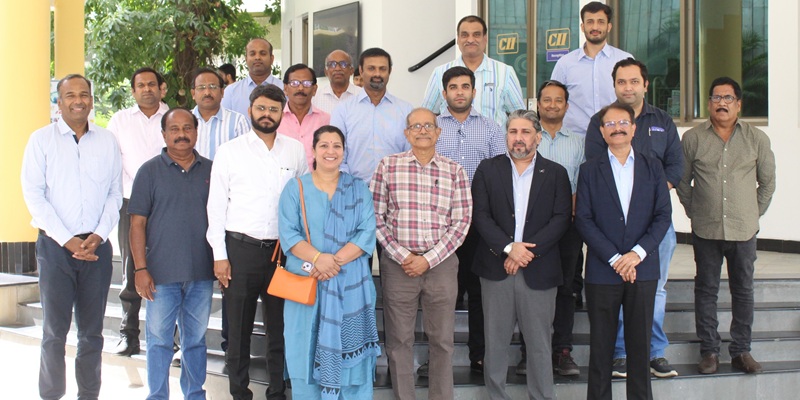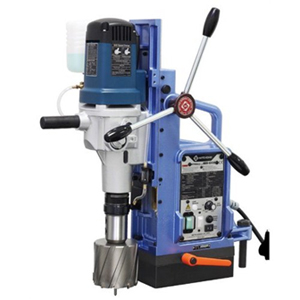Schedule a Call Back
Balancing sustainability and compliance in pharma industry with HVAC solutions
 Articles
Articles- May 28,25

- High-efficiency chillers and AHUs use advanced compressors and heat exchangers to deliver precise temperature and humidity control with less energy.
- Hybrid HVAC Systems: Combining conventional HVAC with evaporative cooling, heat pumps, and thermal energy storage.
- Variable Air Volume (VAV) Systems: VAV systems adjust the volume of air supplied to different areas based on real-time demand. This dynamic control reduces energy consumption by avoiding the constant operation of HVAC units at full capacity. In pharmaceutical environments, VAV systems can be tailored to maintain precise conditions while optimizing energy use.
- Variable Speed Drives (VSDs) adjust fan and pump speeds based on actual demand, cutting down on unnecessary energy use.
- Heat recovery systems capture waste heat from processes and reuse it, reducing the load on heating and cooling systems.
- Advanced filtration and air purification technologies maintain cleanroom standards while consuming less energy. High-efficiency particulate air (HEPA) filters and ultra-low penetration air (ULPA) filters are designed to capture microscopic particles. Innovations in filter design and materials have led to more energy-efficient filtration solutions that maintain high air quality standards with lower energy consumption.
- Building Automation Systems (BAS) use intelligent controls and analytics to monitor HVAC performance, identify areas for improvement, and ensure compliance.
- The transition to low-GWP refrigerants further reduces environmental impact. The global warming potential (GWP) of refrigerants used in HVAC systems is a growing concern. Traditional refrigerants, such as hydrofluorocarbons (HFCs), have high GWPs and contribute significantly to climate change. The transition to low-GWP refrigerants, such as hydrofluoroolefins (HFOs), is a critical innovation. These refrigerants offer considerably high performance with a much lower environmental impact, aligning with both regulatory requirements and sustainability goals.
- Modular and scalable HVAC systems offer flexibility for facilities to adjust capacity as production needs change, improving efficiency and reducing waste.
- Sustainable Building Design: Integrating energy-efficient HVAC solutions into the overall design of pharmaceutical facilities can yield significant benefits. Sustainable building practices, such as improved insulation, natural ventilation, and passive solar design, reduce the load on HVAC systems. By considering energy efficiency from the outset, pharmaceutical companies can create facilities that are both compliant and sustainable.
Related Stories

Vipul Organics forays into membrane manufacturing
The company will build a separate facility for membrane manufacturing at its greenfield project at Saykha, Gujarat.
Read more
Avians High-Speed Clean Room Doors: Advancing Contamination Control
Avians high-speed clean room doors are redefining contamination control in sensitive environments such as pharmaceuticals, electronics, and food production with rapid operation, energy efficiency, a..
Read more
Balancing sustainability and compliance in pharma industry with HVAC solutions
HVAC systems account for more than 50 per cent of total energy consumption in cleanrooms. Kishor Patil of Trane Technologies explores how energy-efficient HVAC systems can help pharmaceutical compan..
Read moreRelated Products

Programmable Controllers - Pcd-33a Series
Pro-Med Instruments (P) Ltd offers a wide range of programmable controllers - PCD-33A Series.

Gasket Graphite Powder
Arihant Packing & Gasket Company offers a wide range of gasket graphite powder.
Asahi Kasei expands 3D printing filament sales in North America
Asahi Kasei, a leading resin and compounding technology provider, has initiated the sales of 3D printing (3DP) filaments in North America through Asahi Kasei Plastics North America (APNA). The soft la Read more















